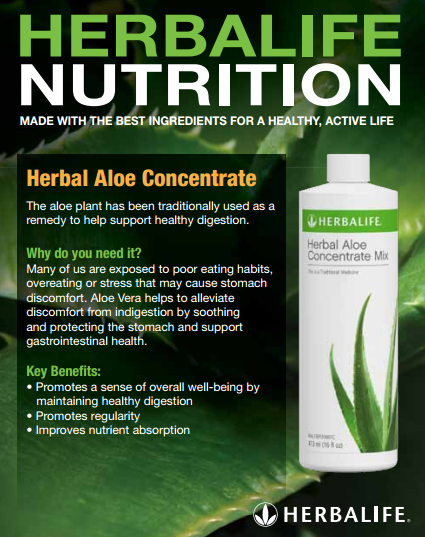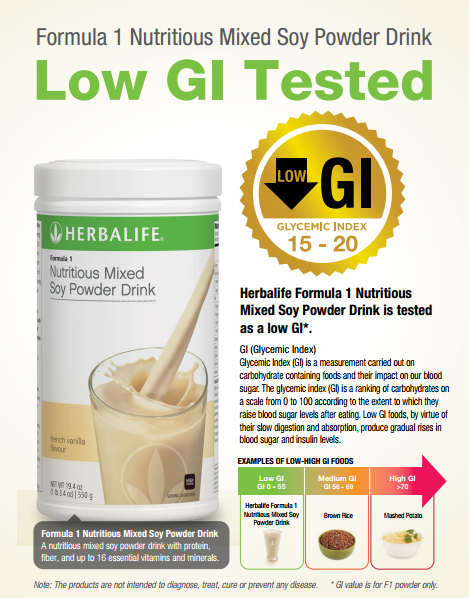What you eat and drink after your workout – and when – can have a big impact on your next performance.
What do you eat first after a workout? Most athletes pay fairly good attention to what they eat before exercising, but afterwards – for some – it’s almost as if ‘anything goes”. Eating the right foods and beverages after exercise does more than just replenish your draining fuel supply – it helps your body get ready for your next round of activity too. If you work out hard regularly, what you eat, and when, can make a big difference in your overall performance.
Keep in mind that refueling is geared primarily to those doing extended and strenuous bouts of exercise. If your usual activity is a daily walk or brief swim, your regular meals and snacks should take care of your nutritional needs as long as your diet is healthy and well-balanced – but always stay on top of your fluid intake.
What To Eat And Drink After Exercise
Replenish Fluids And Salts
When you exercise, sweating causes you to lose important body salts – like sodium and potassium – that need to be replaced. Many advanced athletes get in the habit of weighing themselves before and after exercise, in order to figure out how much fluid needs to be replaced. For each kilogram of weight lost during activity, you should drink about 1 liter of liquid.
What to Drink
Water is fine as a fluid replacer, since you’ll be eating afterwards – which means you’ll pick up carbohydrate, sodium (and likely some potassium) from your foods. For those who don’t normally drink high-calorie liquids, this is the one time they might drink fruit juices, since they provide fluid, carbohydrate and, depending on the fruit, potassium too. Sports drinks are great since they provide not only fluid and carbs, but the right balance of salts that have been lost through perspiration, too. And they usually have a mildly light, sweet taste that often encourages you to drink more.
Your Body Needs Carbohydrates
After an intense workout, your body has burned through a lot of carbohydrate – the primary fuel that keeps your muscles working – and it’s important to refuel as soon as you can. The recommended amount is about 1.4 grams of carbohydrate per kilogram of body weight. That’s about 100 grams of carbohydrate for someone weighing 75 kg. Healthy carbohydrates – fruits, whole grains and the natural carbs in dairy products – are a good place to start with post-workout snacking.
Your Body Needs Protein
A bit of protein is important in recovery too, since it helps to stimulate muscle repair and growth after strenuous exercise. In most cases, about 10 grams of protein will suffice.
The ideal post-exercise meal or snack contains a combination of healthy carbs and protein, which is why athletes often turn to foods like a sandwich on whole grain bread, a dish of yogurt and fruit, a protein shake made with milk and fruit, or specially formulated recovery beverages.
Meal Timing Matters Too
When you exercise, your muscles become very sensitive to the nutrients that are available –
and that sensitivity lasts for a limited amount of time. That’s why many athletes who want to
optimize muscle recovery pay attention to this “metabolic window” – the time period of about
30-45 minutes after exercise during which you should try to eat your carbs and protein. During this critical time after you exercise, your muscle cells are more sensitive to the effects of insulin, a hormone that helps transport amino acids (from protein) into your cells.
Insulin also works to drive carbohydrate into the cells, where it is stored in the form of glycogen. This stockpile of carbohydrate can then be used to provide energy to working muscles during the next bout of activity. And, once you kick this fuel storage process into gear, you can keep it going for up to eight hours if you continue to provide your body with a shot of carbohydrate every two hours.
Written by Susan Bowerman
MS, RD, CSSD. Susan is a paid
consultant for Herbalife


















